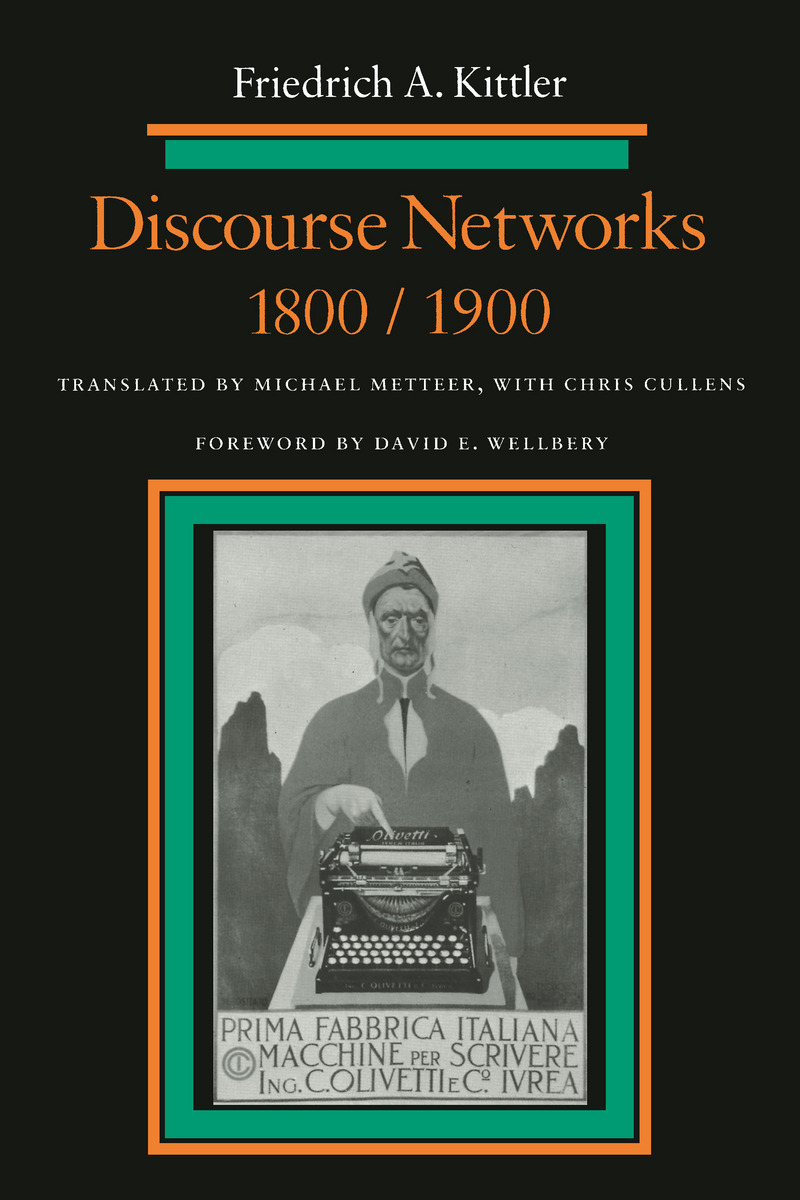Jimena Canales: A Tenth of a Second: A History (2010)
Filed under book | Tags: · astronomy, chronophotography, cinema, history of science, history of technology, modernity, photography, science, technology, telegraphy, time

“In the late fifteenth century, clocks acquired minute hands. A century later, second hands appeared. But it wasn’t until the 1850s that instruments could recognize a tenth of a second, and, once they did, the impact on modern science and society was profound. Revealing the history behind this infinitesimal interval, A Tenth of a Second sheds new light on modernity and illuminates the work of important thinkers of the last two centuries.
Tracing debates about the nature of time, causality, and free will, as well as the introduction of modern technologies—telegraphy, photography, cinematography—Jimena Canales locates the reverberations of this “perceptual moment” throughout culture. Once scientists associated the tenth of a second with the speed of thought, they developed reaction time experiments with lasting implications for experimental psychology, physiology, and optics. Astronomers and physicists struggled to control the profound consequences of results that were a tenth of a second off. And references to the interval were part of a general inquiry into time, consciousness, and sensory experience that involved rethinking the contributions of Descartes and Kant.
Considering its impact on much longer time periods and featuring appearances by Henri Bergson, Walter Benjamin, and Albert Einstein, among others, A Tenth of a Second is ultimately an important contribution to history and a novel perspective on modernity.”
Publisher University of Chicago Press, 2010
ISBN 0226093182, 9780226093185
288 pages
review (Val Dusek, Notre Dame Philosophical Reviews)
Comments (2)Friedrich A. Kittler: Discourse Networks 1800/1900 (1985–) [German, English]
Filed under book | Tags: · communication, discourse, history of literature, language, literary theory, literature, media, media archeology, media technology, media theory, philosophy, psychoanalysis, psychophysics, technology, writing

“This is a highly original book about the connections between historical moment, social structure, technology, communication systems, and what is said and thought using these systems–notably literature. Friedrich Kittler focuses on the differences between ‘discourse networks’ in 1800 and in 1900, in the process developing a new analysis of the shift from romanticism to modernism. The artful structure of the book begins with Goethe’s Faust and ends with Valéry’s Faust. In the 1800 section, the author discusses how language was learned, the emergence of the modern university, the associated beginning of the interpretation of contemporary literature, and the canonization of literature. Among the writers and works Kittler analyzes in addition to Goethe’s Faust are Schlegel, Hegel, E.T.A. Hoffman’s The Golden Pot, and Goethe’s Tasso. The 1900 section argues that the new discourse network in which literature is situated in the modern period is characterized by new technological media–film, the photograph, and the typewritten page–and the crisis that these caused for literary production. Along the way, the author discusses the work of Nietzsche, Gertrude Stein, Mallarmé, Bram Stroker, the Surrealists, Rilke, Kafka, and Freud, among others.”
Aufschreibesysteme 1800/1900
First published in 1985
Third, completely revised edition
Publisher Wilhelm Fink Verlag, Munich, 1995
ISBN 3770528816, 9783770528813
524 pages
Discourse Networks, 1800/1900
Translated by Michael Metteer, with Chris Cullens
Foreword by David E. Wellbery
Publisher Stanford University Press, 1990
ISBN 9780804720991
496 pages
Reviews: Franz Futterknecht and David Wellbery (Poetics Today, 1987, EN), Robert C. Holub (German Quarterly, 1987, EN), Thomas Sebastian (MLN, 1990, EN).
Wikipedia (DE)
Publisher (DE)
Publisher (EN)
Aufschreibesysteme 1800/1900 (German, 3rd ed., 1985/1995, removed on 2024-2-6 upon request from Brill)
Discourse Networks, 1800/1900 (English, 1990, updated to the full book on 2014-1-30 via poshumano, updated to single-page OCR’d version on 2014-1-31 via Marcell Mars)
Online version of Index of persons (at Monoskop wiki)
Comments (3)Carsten Nicolai: Anti-Reflex, catalogue (2005) [English/German]
Filed under catalogue | Tags: · art, art and science, installation art, sound art, sound recording, technology

“Carsten Nicolai is considered today to be one of the most important representatives of a generation of artists who focus on exploring the points of intersection between art, nature, and science. As a visual artist, researcher, producer, and organizer of concert events combined in one person, Nicolai seeks to overcome the division among the senses in human perception and to make it possible to experience natural phenomena like the frequencies of sound and light or electromagnetic fields with the eyes as well as by hearing and touch. His installations radiate a minimalist aesthetics that captivates the viewer with its elegance, simplicity, and emphasis on technology. Following his participation in important international exhibitions like the Kassel documenta and the Venice Biennial, the Schirn Kunsthalle presented the first major survey, for which the artist produced a series of new works.” (from curator)
With texts by Magnus Haglund and Yuko Hasegawa.
Curated, edited and with foreword by Max Hollein
Publisher Schirn Kunsthalle Frankfurt, with Verlag der Buchhandlung Walther Koenig, Cologne, 2005
ISBN 3883758914, 9783883758916
200 pages
exhibition & publisher
co-publisher
google books

